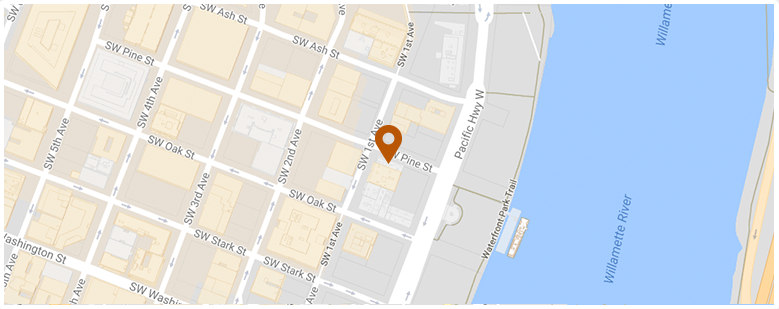Recent headlines have sounded an alarm about one type of injury accident trending upward in a big way: e-bike crashes. E-bike crashes may present some unique challenges when it comes to obtaining a recovery that adequately compensates you for the harm you endured. Whether you are dealing with an insurance company or the civil justice system, you can enhance your odds of achieving a fair outcome by retaining a skilled Oregon e-bike accident lawyer to represent you.
According to the Journal of the American Medical Association (JAMA), the number of e-bike injuries in 2022 was 30 times higher than that recorded just five years earlier. The number of people who required hospital treatment for e-bike injuries in 2022 was 43 times the number recorded in 2017. The American College of Surgeons declared e-bikes an “emerging… public health hazard.”
This hazard recently touched one local community. In October, a high school sophomore in Tualatin died west of downtown after, police believe, he “may have lost control of the e-bike,” then hit a curb and ultimately a tree. The teen was wearing a helmet at the time.
The massive uptick in e-bike injuries has spurred the creation of new legislation. In Oahu, where e-bike injuries tripled in two years, the local council passed a bill in January intended to “clear safety guidelines.” The bill placed a power cap of 750 watts on e-bikes on public roads and mandated helmet use for all riders under 18.
 Oregon Injury Lawyer Blog
Oregon Injury Lawyer Blog


